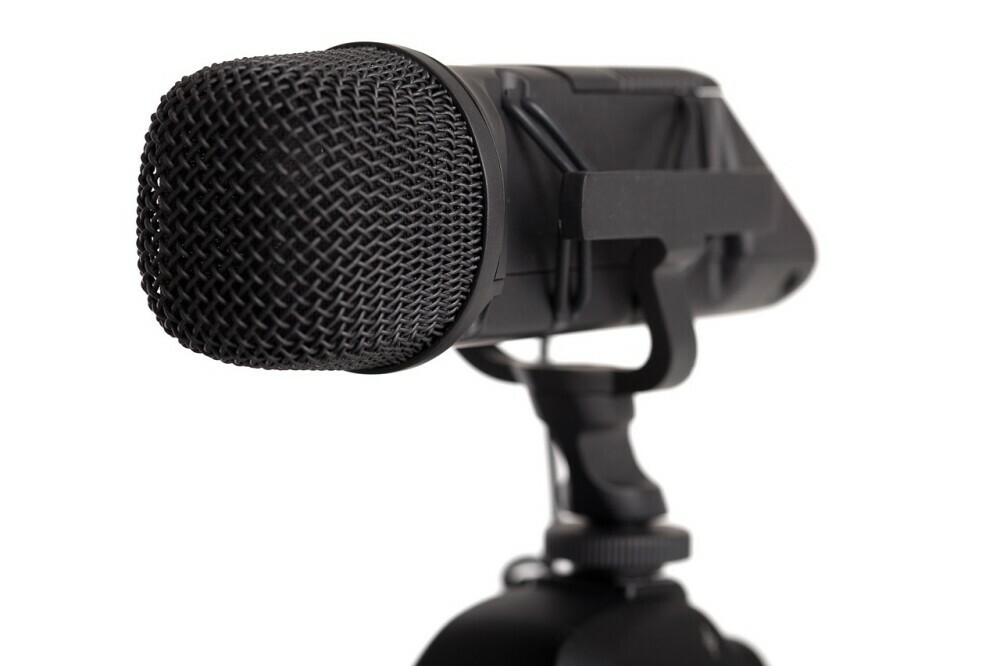
In the world of videography, capturing high-quality audio is just as important as capturing stunning visuals. Think about it – a captivating documentary loses its impact if the dialogue is muffled, and a beautifully shot wedding video falls flat if the vows are riddled with background noise. That’s where external audio recorders come in – these handy devices elevate your audio game, ensuring your videos have pristine sound that complements the visuals.
Why Use an External Audio Recorder?
Built-in microphones on cameras are notorious for capturing poor audio quality. They often pick up unwanted background noise from the camera itself, and their limited range results in muffled or distant sound. External audio recorders, on the other hand, offer a significant leap in audio fidelity.
The Different Types of External Audio Recorders
External audio recorders come in various shapes and sizes, each catering to specific needs. Here’s a quick rundown of the most common types:
- Portable audio recorders: These compact recorders are ideal for vloggers, run-and-gun shooters, and anyone who needs a lightweight and versatile solution.
- Handheld audio recorders: These recorders offer more features and power than portable recorders, making them suitable for professional videographers and audiophiles.
- Interface recorders: These recorders connect directly to your camera and allow you to synchronize audio and video easily. They’re popular for filmmakers and videographers who need a streamlined workflow.
Choosing the Right Audio Recorder: Key Considerations
When selecting an external audio recorder, here are some crucial factors to keep in mind:
- Audio Quality: This boils down to the recorder’s bit-rate and sample rate. Higher bit-rates and sample rates generally produce clearer and more professional-sounding audio.
- Portability and Durability: Consider the size and weight of the recorder, especially if you’ll be using it for mobile shoots. Durability is also important, as you might be using it in harsh environments.
- Microphone Compatibility: Make sure the recorder has the appropriate inputs for your microphones (XLR or 3.5mm jack). Some recorders even have built-in microphones.
- Battery Life and Storage Capacity: External recorders can drain batteries quickly, so choose one with a long battery life or the ability to use external power sources. Storage capacity is also important, ensure you have enough space to record your entire project.
- User Interface and Ease of Use: A user-friendly interface is essential, especially if you’re new to using external audio recorders. Look for recorders with clear controls, intuitive menus, and easy-to-read displays.
Top Audio Recorder Picks for Various Needs
With so many options available, choosing the right recorder can be overwhelming. Here are a few top picks to get you started:
- Best Overall: Zoom H6
This versatile recorder offers a combination of excellent audio quality, portability, and a wide range of features, making it a great choice for videographers of all skill levels.
- Best Budget Option: Tascam DR-05X
A fantastic option for beginners, the DR-05X is compact, user-friendly, and delivers surprisingly good sound quality for its price point.
- Top Pick for Journalists and Field Reporters: Sony PCM-D100
This recorder is built for tough conditions, with a durable design and weatherproof construction. It also boasts top-notch audio quality and a long battery life, making it ideal for capturing interviews and on-location sound.
- High-End Audio Recorder for Film and Documentary Production: Sound Devices MixPre-6
Professional filmmakers and videographers who demand the absolute best sound quality will love the MixPre-6. This recorder offers pristine audio recording, a multitude of features, and exceptional build quality.
Maximizing Audio Quality: Tips and Techniques
Once you have your external audio recorder, here are some tips to capture professional-sounding audio for your videos:
- Microphone Placement: Proper microphone placement is crucial. Use a shotgun microphone for focused sound or a lavalier microphone for capturing clear speech.
- Minimize Handling Noise: Hold your microphone correctly using a deadcat or windjammer to minimize handling noise and wind interference.
If you have any sort of video project to undertake, do not hesitate to Call Alan on 07539141257 or 03332241257, or +447539141257 or +443332241257, you can schedule a call with Alan on https://calendly .com/alanje or drop an email to alan@alpusgroup.com.
0 Comments